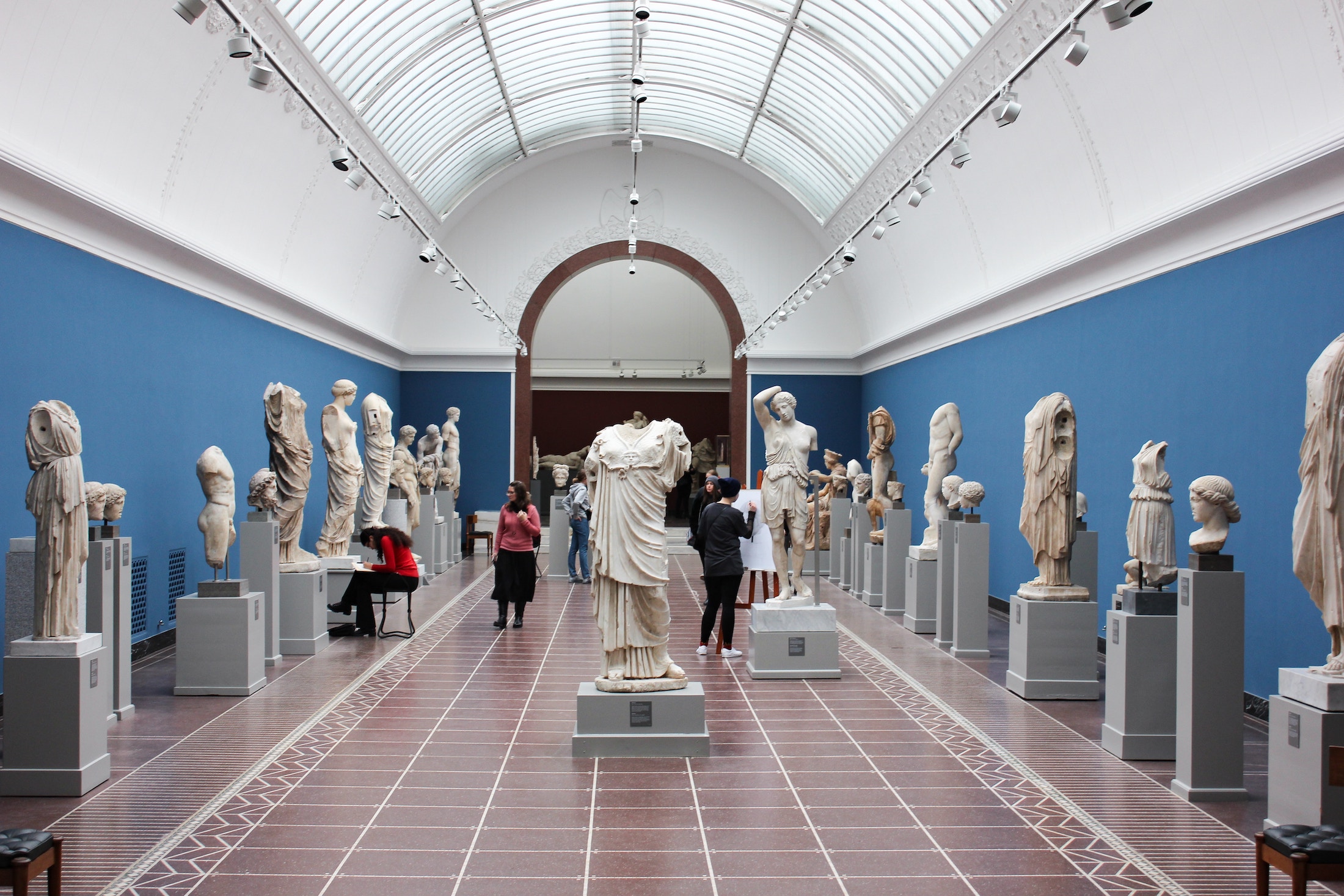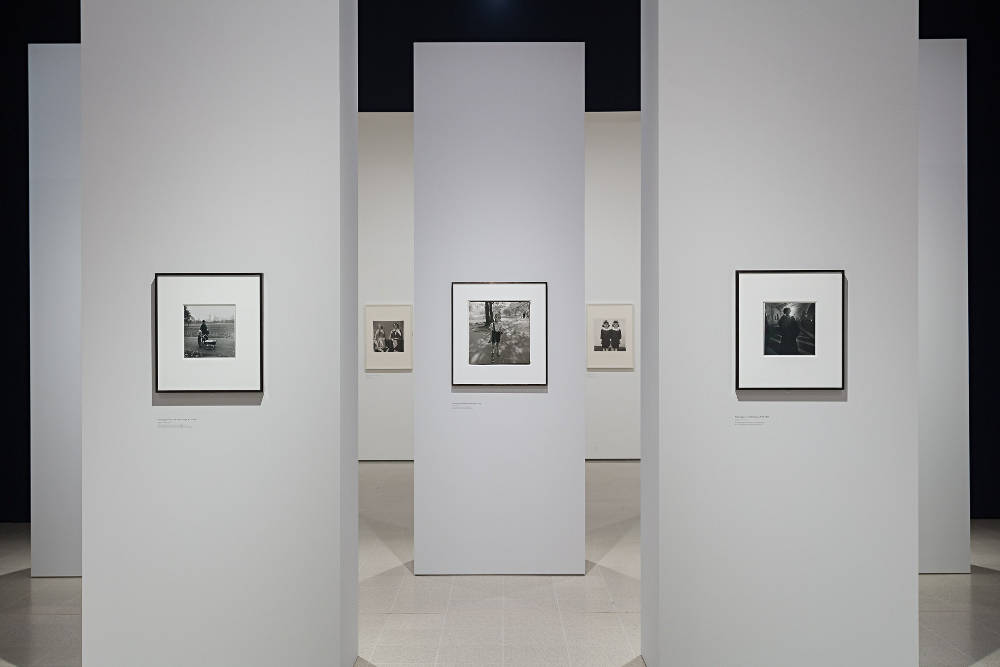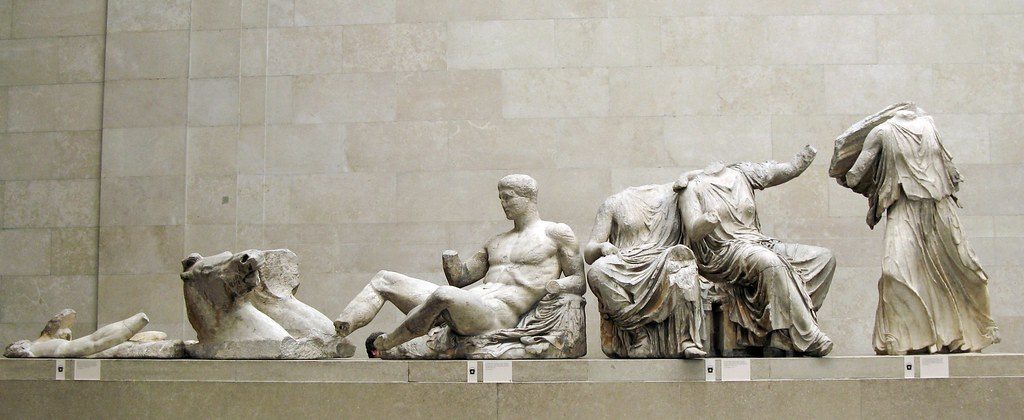
Museum Exhibit Designs We Love
May 15, 2019
A trip to the museum is the perfect outing for families, school groups, dates, and anyone who wants to take in history, learn, and get inspired.
Contemporary museums are creating exhibits that are smart, careful, and beautiful: a stark contrast to the dusty frames and stale dioramas of galleries past. Successful designs are now made by directors and curators who put a lot of thought into not only what they’re showing, but how they’re showing it.
Museum Exhibit Design Principles
Museums that really shine employ three basic principles which allow them to curate outstanding exhibits:
- They target a specific audience, and are made with a clear visitor persona in mind. Museums aim to understand their demographics, or the people who are most likely to be visiting their facility. This can mean researching who’s in the neighborhood, or getting to know what people want or expect out of the subject being exhibited. Art museums are finding creative ways to display work that adds to their aesthetic intrigue, while science museums utilize the latest technology to create smart gallery experiences.
- They tell a story. Successful museums provide context to their exhibits, in ways that help viewers understand not only what they’re looking at, but why it’s important. One can look at the most spectacular object or artifact and gain little from the experience if it has only a date card next to it. But if the object is placed in relationship to human history or the world, it becomes precious and relatable to our own lives. Giving exhibits an emotional narrative not only bolsters audience comprehension of the subject, but serves to captivate and inspire museum visitors.
- They create an intelligent flow through the exhibit. The story told by any exhibit will be one that audiences are able to walk through. Whether chronologically or narratively, a show should be organized as an experience that visitors build progressively as they move through the museum. Like a lesson plan, the exhibit will begin with the basics, and lead viewers on a path to its conclusion and a new understanding of its subject matter.
Museum Exhibit Designs We Love
Here, we’ve curated our own collection of our favorite current and past exhibit designs that display their material in thoughtful, creative ways that audiences love.
Hayward Gallery, London – Diane Arbus: in the Beginning

https://www.galleriesnow.net/shows/diane-arbus-in-the-beginning-2/
This gorgeous show displayed works made by artist Diane Arbus, world-renowned for her photographic portraits of a myriad of people throughout the U.S. The gallery wanted to tackle the problem of displaying small art in a way which gave the pieces attention worthy of their content, and made viewers slow down and really look at the pictures. Their solution: a maze of narrow, free-standing columns which bore only one photograph. This experimental display technique enabled viewers to spend more time with each photo as they walked through the gallery, and the pieces were given space to shine.
California Academy of Sciences, San Francisco – Osher Rainforest

https://www.calacademy.org/events/programs/build-a-rainforest-with-creative-arts
This exhibit is simply magical. The CAS is an exquisitely designed building as a whole, featuring a living roof and sunken rivers that you can walk over; it highlights earth science in its very architecture. The Osher Rainforest, however, is far and away its crowning jewel. Visitors enter a door on the ground-floor of this 4-story glass dome, and are overcome with the sounds and smells of a vibrant jungle. As audiences climb the spiral walkway to the top, they come face-to-face with birds, bats, all kinds of plants, and hundreds of species of insects, including butterflies and beetles. To exit, visitors take an elevator which plunges them into the depths of an Amazonian river, and encounter even more amazing animals of the tropical forests.
Jewish Museum, New York – Leonard Cohen: A Crack in Everything

https://www.timeout.com/newyork/things-to-do/leonard-cohen-a-crack-in-everything
This varietous exhibit pays homage to the late, great icon of the music world Leonard Cohen, exploring his life and legacy through a series of contemporary art forms. Photos, videos, audio recordings taken of Cohen throughout his life, as well as original works made in tribute after his death are displayed in intimate gallery spaces. Viewers are encouraged to relax on bean bag chairs and benches while his music provides a soundtrack to other media projected onto the surrounding walls. The environment becomes an experience of sound and light which immerses visitors in a sensorial eulogy to the rock-n-roll legend.
The Parthenon Marbles

https://www.flickr.com/photos/consciousvision/3388915151
This museum was designed exclusively to honor the history of one of the world’s greatest pieces of architecture: The Parthenon of Athens, Greece. An ancient temple where Greeks once worshipped the goddess Athena, the monumental structure has slowly crumbled into ruin over the centuries; a victim of war, looting, and time itself. The Parthenon Museum was designed to house sculpture and relief from the Parthenon itself, and is laid out in exactly the format of the original temple. All of the marbles are arranged in the new museum as they would have been previously, in a symbolic marriage of ancient and contemporary Greece.
By curating exhibits in ways that accentuate the works on display and encourage visitor engagement, your museum can capture the imaginations of your patrons and drive attendance through the roof.
Do you need a ticketing platform that is as smart and beautiful as your exhibit designs? ACME Ticketing offers cloud-based ticket and membership solutions that save time, paper, and many headaches. To find out how ACME Ticketing can work for you, you can set up a demo or a call here.

